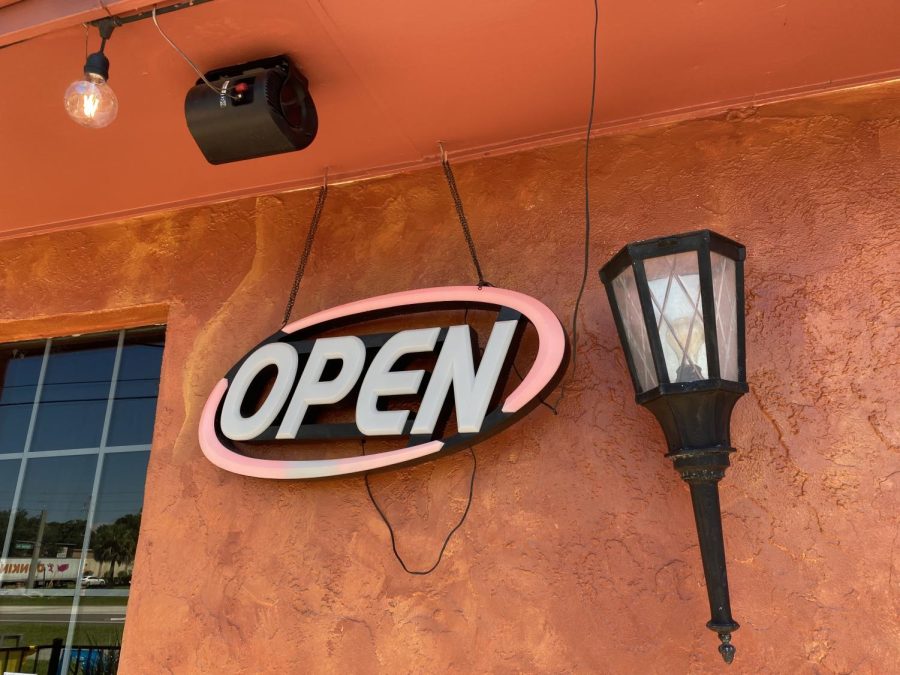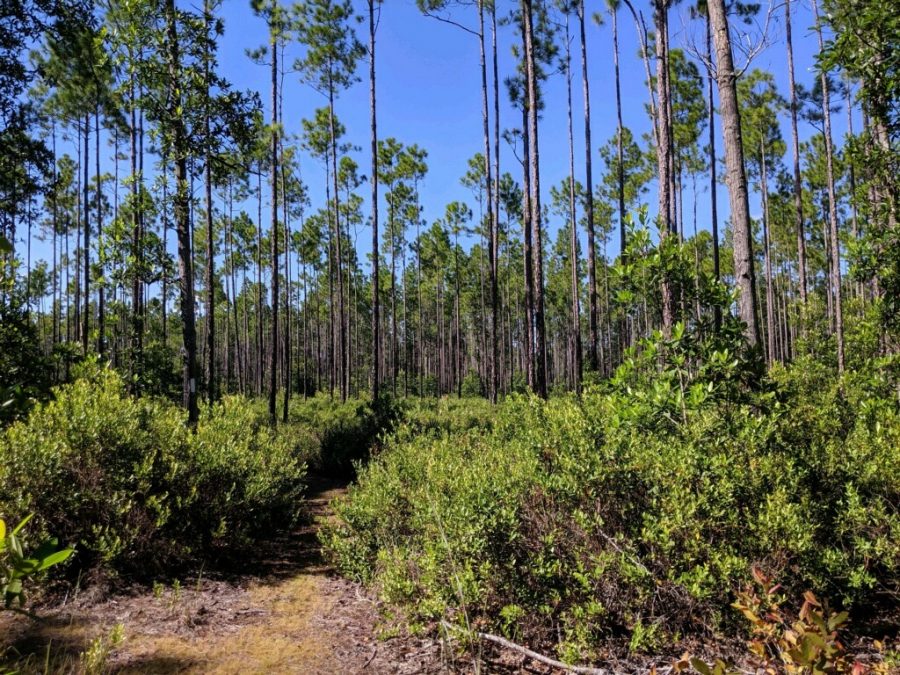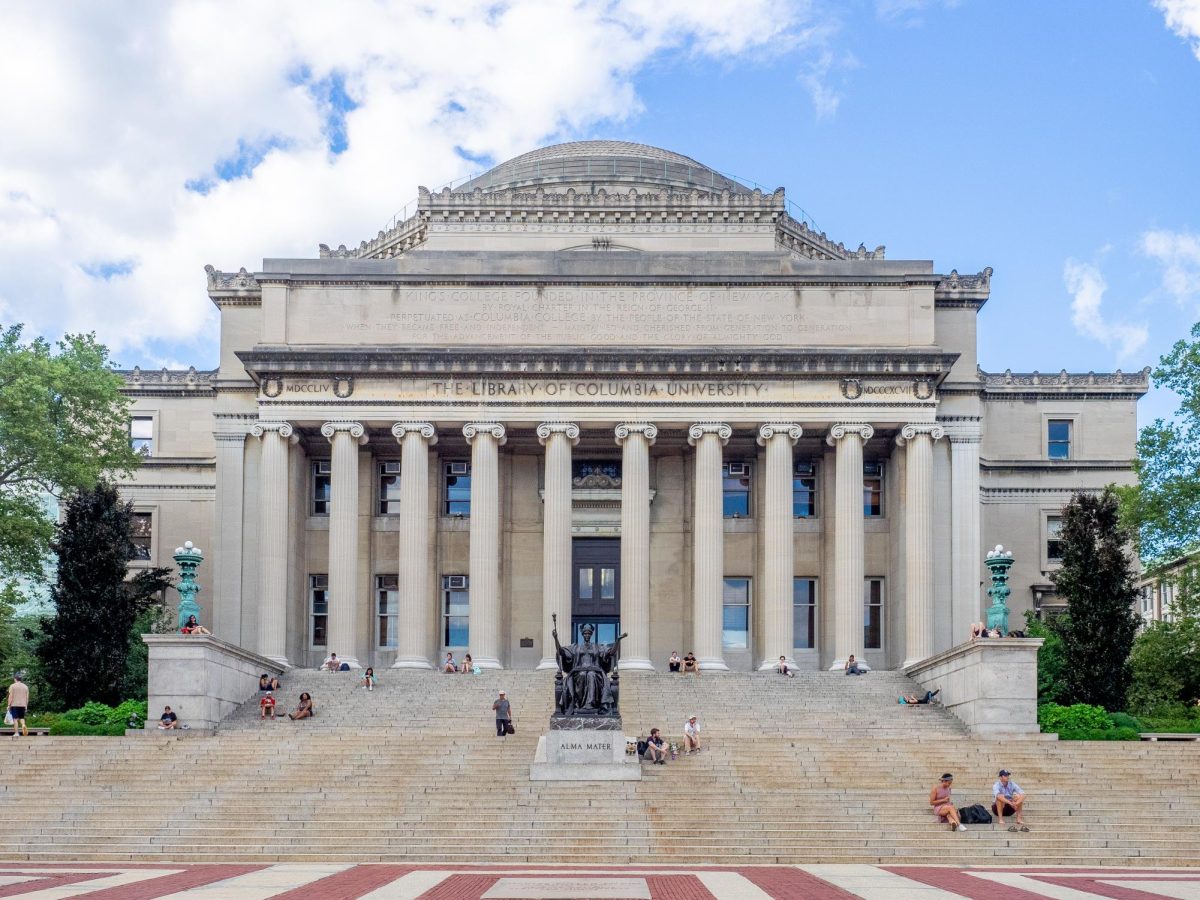This Could Have Been an Email…
Last year’s Hurricane Milton came uninvited in the midst of fall semester, first carving its path across central Florida on October 9, 2024. After a string of university emails which disclosed class cancellations and relocation instructions, faculty evacuated all student residents off campus, away from the coming tempest. Although Stetson vowed in the aforementioned emails to uphold student safety as its “highest priority,” the evacuation procedures left limited options for international students with nowhere to turn, as well as students who were forced to return home to potentially more dangerous locales than DeLand.
Prior to campus closing, Stetson Communications made its intentions clear to “…give several days of notice before an evacuation will take place, especially so that all members of our community will have adequate time to make and implement plans.” Meaning, students and staff had to arrange their own storm housing. The university provided students with numerous resources online via email, Instagram and Facebook, offering guides for go-to emergency supplies, staff support, and generalized safety information. Yet, Stetson Public Safety’s own ‘Severe Weather Guide’, which was recently linked in a post-Milton email thread, contradicts P-Safe’s verbal advice to students from the previous 2024 season. While the Emergency Management Team encouraged last year’s residents to relocate to Volusia County shelters, the virtual Weather Guide tells students to avoid public shelters and to find hotels, if possible, in the event of a crisis. In direct quote from the Guide, “consider public shelters as a last resort. They are usually a public school and have cramped or limited space.” For international students especially, there was little wiggle-room made for financial circumstances and alternative accommodations for housing.
Leonardo Giorgioni ‘26, a psychology major with double minors in mathematics and computer science, is an international student from the Malaga province of Andalucia, Spain. Giorgioni found himself in this hurricane-housing-pickle last year, with mere days before evacuation from campus. He, along with several other students, were wary of resorting to public shelters. “None of us wanted to stay in local shelters. We wanted a home of some sort because most residents [have] a family to go to…but all of us [were] basically stranded,” said Giorgioni.
Hatters by Day, Good Samaritans by Night
While other students packed up their cars and drove to their homes for safety, Giorgioni was unsure whether he would even have a roof over his head by stormfall. Flying across the Atlantic back to Spain was not an option. But neither was staying on campus. With limited options, he initially turned to WORLD (World Outreach, Research, Learning and Development), which provides year-round campus support for Stetson’s international students. WORLD, along with Residential Living and Learning and The Rinker Center for International Learning, were actively offering alternative housing options and strategies. “WORLD was very much in touch and close working with international students, making sure that we were getting the appropriate shelter,” Giorgioni stated. There had already been numerous Stetson staff and faculty members who had generously volunteered their homes to host any misplaced students requiring shelter. Luckily, Giorgioni himself was grateful to be welcomed onto the doorstep of a fellow student. “I found a very close friend from computer science class who is a resident of Florida, and offered me to stay at his house. For the period of two or three nights, I stayed with him. I was fed incredibly well by his beautiful family–they took complete care of me,” Giorgioni said with a smile.
When asked his opinion about Stetson’s execution of storm protocol, Giorgioni gave credit where it was due. “Communications were very often. Like, one day you would receive three or even four emails from Stetson…hurricanes are incredibly unpredictable and it was completely out of the blue, so it is difficult to predict the outcome in the best way possible for students, faculty, and hosts that would house those students. They did the best with the little time that they did have,” Giorgioni replied.
In terms of the university’s reaction timing to the ever-changing storm updates, Giorgioni agreed that faculty dealt with it as expeditiously as was possible. “It is such an urgent situation, and a situation that is so hard to control. [Stetson] did their best to make students as safe and comfortable as they could get. I would say they were exhaustive, in a good sense of the word…they accounted for everybody,” stated Giorgioni. Undoubtedly, this reporter herself agrees with his stance on Stetson’s speedy magnanimity.
Prep for the Next
As the brand-new academic year rolls in, storm season is also brewing again in the Gulf. This fall, Giorgioni will be maximizing hurricane preparation. In light of his fortunate friendship which provided him shelter last year, he claimed he would be planning on “making some very good American friends,” joked Giorgioni. “Personally, I am preparing myself to adapt,” Giorgioni added.
For international students especially, differing backgrounds and experiences may leave certain individuals in the dark, literally and figuratively. This justifies why it is crucial to be informed. “Maybe they come from the Middle East or they come from Europe, right? In Europe, we never see hurricanes. I mean, we kind of got some Milton aftershock,” Giorgioni admitted, adding, “it’s something that you need to respect. It is a natural disaster like any other. Don’t get confident.”
To other international students and those in residential situations similar to his own, he advises to “Listen to the authorities and listen to whatever Stetson professionals are suggesting. At the end of the day, they will know what the best thing is for all their students. If we decide to kind of go on our own because we think we know better, that’s when trouble can come,” Giorgioni warns. Thus, it is advised to all students–no matter their origin–to take the time to read those safety emails, and cooperate.
Of course, Stetson Communications will once again extend itself to students as a support system and resource for storm prep. Supply kit item lists can also be found in the university’s Severe Weather Guide, for those who wish to check some boxes. As cliche as it is, native Floridians and international students alike must acknowledge the severity of storms and the danger posed by these annual turbulences. Hatters: stock up on those double-A batteries, and keep your gas tank filled to the brim!







